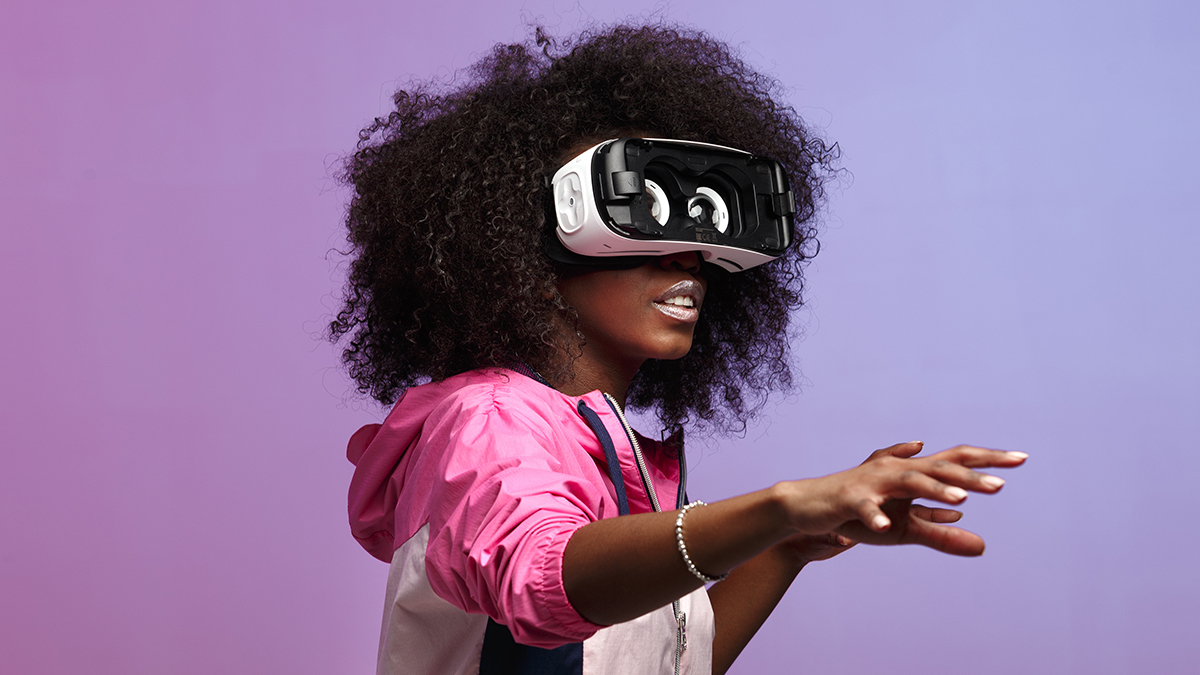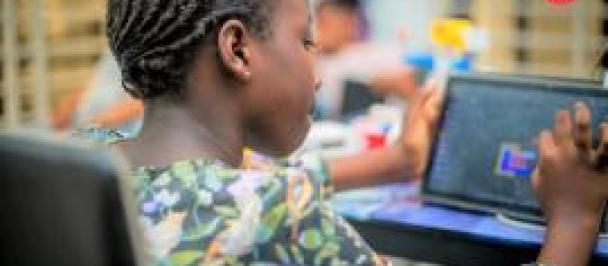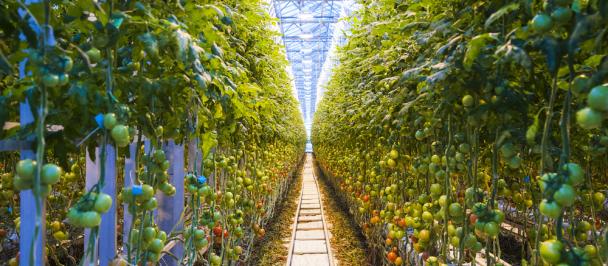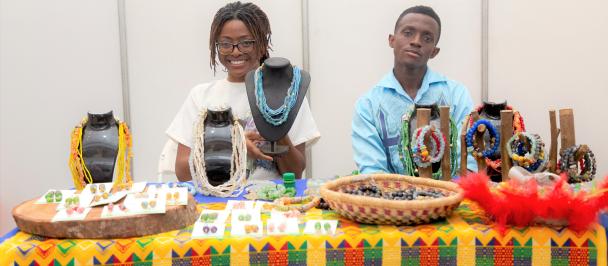Photo © Leika Production
On April 21, we celebrate the World Creativity and Innovation Day as key drivers of human development. A UN Resolution adopted in 2017 recognises these two aspects as being essential for ‘harnessing the economic potential of nations and creating momentum for the achievement of SDGs by transforming society, creating jobs and expanding opportunities for all, including women and youth’. The significance of creativity and innovation in driving sustainable development is evident in the fact that they are prominent in five of the 17 goals (8, 9, 11, 12, 17). Their importance was further highlighted when the UN designated 2021 as ‘the International Year of Creative Economy for Sustainable Development’ with the aim to acknowledge, promote and accelerate the economic and social contributions of the creative economy to the Sustainable Development Goals.
In a report co-published by UNDP and UNESCO, human creativity and innovation are recognised as the true wealth of nations in the twenty first century. UNESCO refers to creativity as the ‘industry of tomorrow’. Today, digitization is helping more people to turn their ideas into products, services, and revenue streams to sustain their livelihoods. According to UNCTAD, the ‘Creative Economy’ is growing faster than other industries and is projected by the think tank G20 Insights to reach a global valuation of $985 billion by 2023 and could represent 10 percent of global GDP before 2030.
CREATIVITY AND INNOVATION IN AFRICA IS UNDERVALUED
Citizens are generating a wide variety of creative products that contribute to Africa’s growth exports and boost development outcomes. A good example is Nigeria’s film industry (“Nollywood”) which produces over 2,000 films per year and employs more than one million people.
Craft Education, an edtech innovation by Ghanaian social entrepreneur Rudolph Ampofo is another example. In a continent where children with disabilities such as learning and social communication delays including autism are often marginalised by the education system, Rudolph is using creativity and innovation to create more inclusive and equitable access to education. His behaviour therapy and special needs platform links parents and teachers with certified professionals through their mobile devices and provides the training and support required to give impacted children a better quality of life.
26-year-old Charlette N’Guessan, an Ivorian based in Ghana, is another budding innovator and the first woman to win the Royal Academy of Engineering’s Africa Prize for Engineering Innovation (2020). Charlette and her team developed BACE API, a software that uses facial recognition and artificial intelligence to verify identities remotely, and one that is designed specifically to identify Africans. By offering remote identification, the innovation addresses the challenge of unequal access to ID’s which disproportionately affects women making them unable to access basic socio-economic and legal rights including healthcare, education, voting, legal protection in court and entering the formal economy.
While there is growing appreciation of the social and economic value of creativity and innovation in Africa, both are undervalued in policy debates.
GROWING AFRICA’S CREATIVE AND INNOVATIVE POTENTIAL
Creating an enabling environment for creation and innovation will transform lives. Steps to unlock the financial and regulatory challenges faced by the creative industry can help to harness the continent’s creative and innovative potential but require a whole of society approach with actions by policymakers, society and individuals.
Policymakers must recognize the value of creative businesses and invest accordingly. According to OECD, policymakers need to integrate the creative sector into national and local development policies. They need to understand the opportunities and challenges of the sector and use them as the basis for planning and policymaking. A particular area of focus should be to increase the financial sustainability of the sector by enhancing access to credit, venture capital and other instruments. A study by UNDP calls on policymakers to develop policies that accelerate and sustain a dynamic creative economy. By recognising and addressing constraints and regulatory structures, African countries can keep pace with the rapid evolution of the creative economy/sector.
Similarly, society must identify practical strategies and approaches that foster creativity and critical thinking in young people beginning at primary and secondary education levels. It is important to foster reward systems to recognise and appreciate creativity and innovation. Greater efforts should be made to protect intellectual property rights in order to properly reward creators.
Finally, individuals need to take advantage of the low barriers to entry, inclusiveness and agility of the creative economy to create new products, services and revenue streams. Young people are already at the forefront of the creative sector and should be encouraged to reach for the stars.
CREATIVES SOLVE PROBLEMS AND INNOVATORS CREATE A BETTER FUTURE
Creativity and Innovation help us solve existing problems in new and imaginative ways by influencing how we view the world (the possibilities), how we think (the barriers we place on ourselves), and what we can or are able to do. As we continue to deal with the negative impacts of the COVID-19 pandemic, we need both creative thinking and innovation to imagine ourselves out of the situations we find ourselves in and catapult us to the next level of our global journey to sustainable development.

 Locations
Locations



